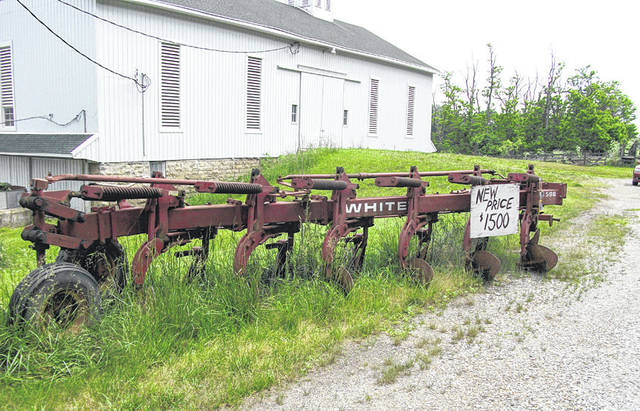
For several years I have attended the Conservation Tillage Conference held at Ohio Northern University located in Ada Ohio in March.
Those attending include farmers and Certified Crop Consultants from Ohio and adjacent states usually totaling around 900. This year a lot of emphasis was given to “Building Soil Health”. There has been a lot of research in the past ten years devoted to the changes in productivity of our soils based on our cropping systems, tillage, pesticides used and cover crops planted.
The changes in our soils since the prairies were plowed have been truly eye opening according to David Montgomery of the University of Washington. He showed slides indicating the farmers in Palouse Washington have lost one foot of topsoil from 1911 -1961 from erosion. This includes 1.5 tons/year in conventional tillage areas (plowed, disc etc.) and no-till losses of.o8 tons/acre/year. He also thinks the soil organic matter level in North America’s soils is 50 percent of what they were when the land was in forest or prairies.
Rick Cruise of Iowa State Univ. stated Iowa is losing 5.1 tons of soil for every pound of corn produced in the state. In an article in the mid-Nov. 2017 issue of Successful Farming Magazine Abby Wick who is a soil Health Specialist with North Dakota Univ. states “We’ve lost up to 15 inches of topsoil in the last 50 years.” This includes a loss of organic matter of 1.2-2.5 percent over the same time period.” Since the prairies were first plowed, soil carbon stocks have decreased by 40-50 percent said Catherine Stewart, a USDA –ARS research Soil Scientist.
In Ohio we see this loss of soil many times in fencerows that are adjacent to areas under cultivation. After many years of cultivation the soil in the fence rows are higher than the field being cultivated due to erosion and the oxidation of organic matter being exposed to the air.
Soil which has lost organic matter loses water holding capacity and the soil organisms necessary to convert nutrients in the soil to a form useable by the plants. Organic matter is also important in helping hold the soil particles together which contain nutrients needed by the plants. Cultivation tends to break down the soil structure as well.
The more tillage performed on our soils can cause the loss of soil due to erosion as well as the oxidation of the carbon and organic matter in the soil. The change in our soils over time since farmers cleared the prairies and forest land appears to have left their mark in reduced top soil and fertility.
Can we turn the corner in putting together a plan to better utilize/preserve the fertility of our soils and improve them through better management? The “Elephant in the Field “for many farmers is tillage. How much can we do without soil degradation or loss? Some organic farmers tend do more tillage to control weeds vs. the use of herbicides and some farmers think tillage is the only way to control weeds. What is best for the soil and crop production and are we leaving our children with less productive soils? Will the plow pictured above be a tool no longer or rarely used? Has your farm lost soil over the last 50 years?
Editor’s note: This is the first part of a column on Home & Farm. The second part will appear in the April 24 editon.


